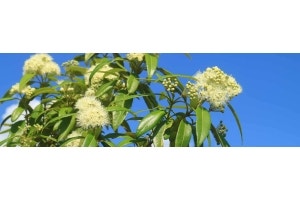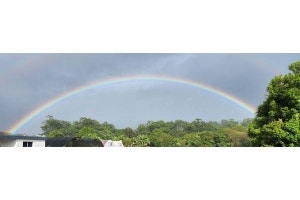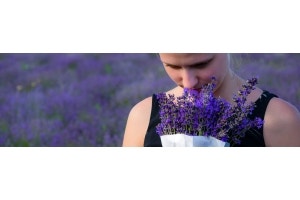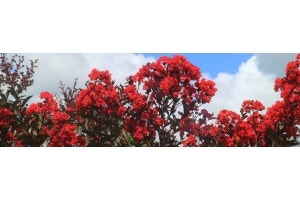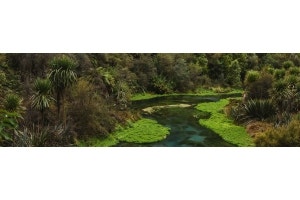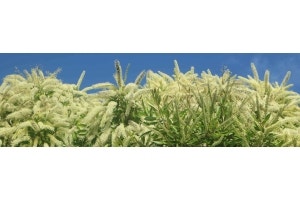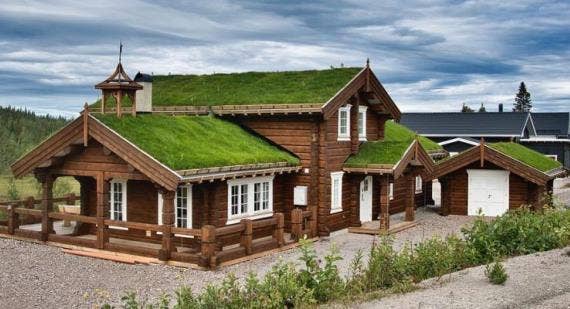
6 June is World Green Roof Day
Green roofs have been around since man first built shelters. They keep warmth in, and provide an area for animals to graze. This is a simple kind of green roof, like the grass roof on the ski lodge above, with local lowgrowing grassy plants and a uniform look As creative elements of garden design, green rooftop plantings really took off in the late 1970s, and they are growing in popularity each year. This is especially true in city centres where, along with solar panels, they are an excellent way to utilise otherwise unused areas of buildings for our - and the planet's - benefit.
A green roof can :
- provide extra habitat for wildlife that is safe and protected;
- cool a building, reducing energy costs
- trap and control rainwater runoff
- increase urban oxygen and improve air quality
- dampen noise
- provide a calming quiet place of nature
- give extra space for plant growing
- last up to three times longer than a standard roof
Small lowgrowing succulents, especially houseleeks (Sempervivum), stonecrops (Sedum), and ice plants (Mesembryanthemum, Delosperma, Carpobrotus) are perfect for growing on roof surfaces, and need very little care once established. Start with these easy-care succulents to get your green roof off to a flying start!

Howlett Hall Green Roof
We came across this restoration project and thought it is perfect to give you inspiration for your green roof. Howlett Hall at Ohio State University had a flat roof covered in tar paper. It was hot and lifeless. In 2010, the student and teacher body came together to transform the roof into a green garden for nature and people to share. There's even a beehive on the roof!You can watch the YouTube build video here. The roof is covered with 10-15cms of soil which supports 30-40 different plant species and varieties, including :
- ornamental onion - Allium
- coneflower - Echinacea
- blue fescue - Festuca
- catmint - Nepeta
- lavender - Lavandula
- stonecrop - Sedum
- houseleek - Sempervivum
- flowering thyme - Thymus
Over 700,000 litres of stormwater runoff is captured each year; and around US$10,300 in energy savings from the insulation and cooling the plants provide. If you have a flat roof, or even an area of hard concrete or dull lawn - why not give green roof gardening a go?




















